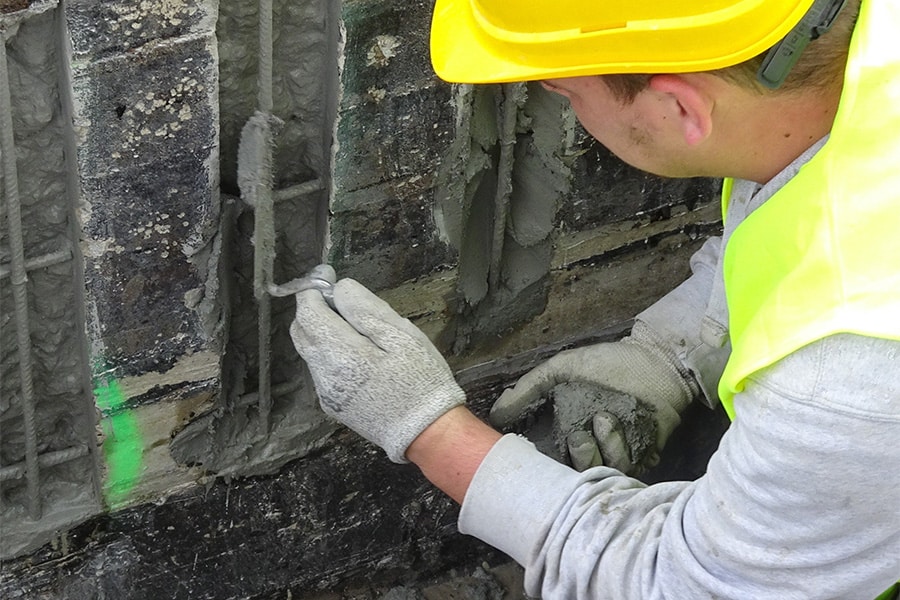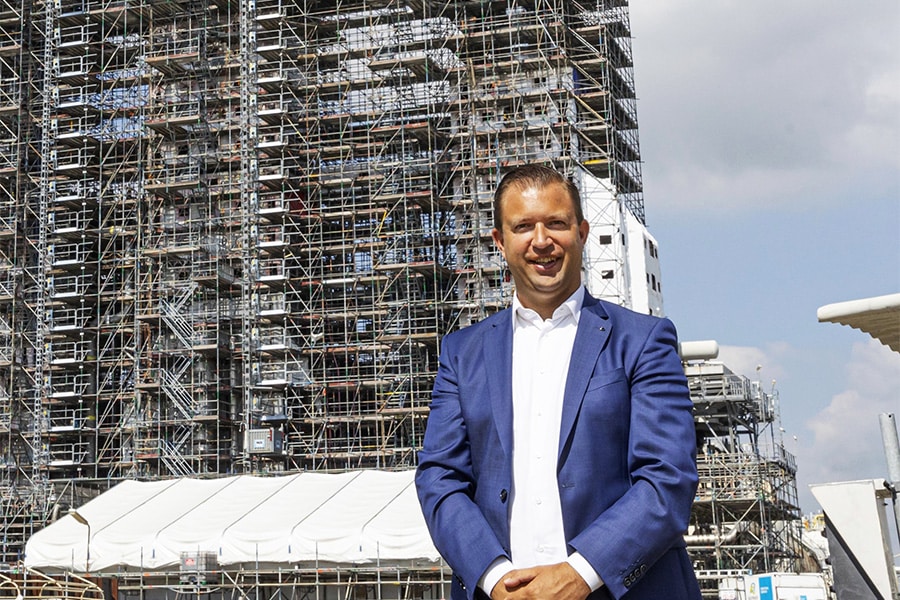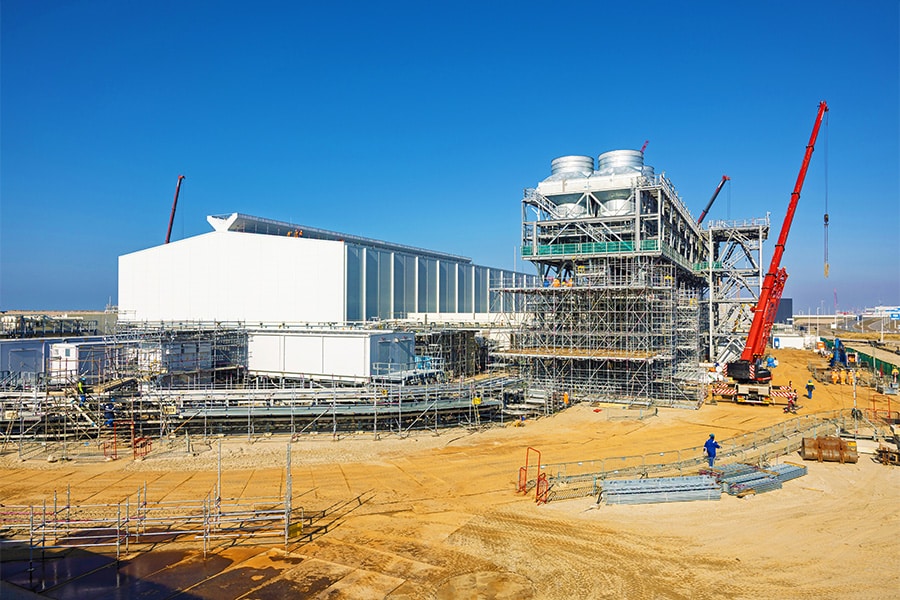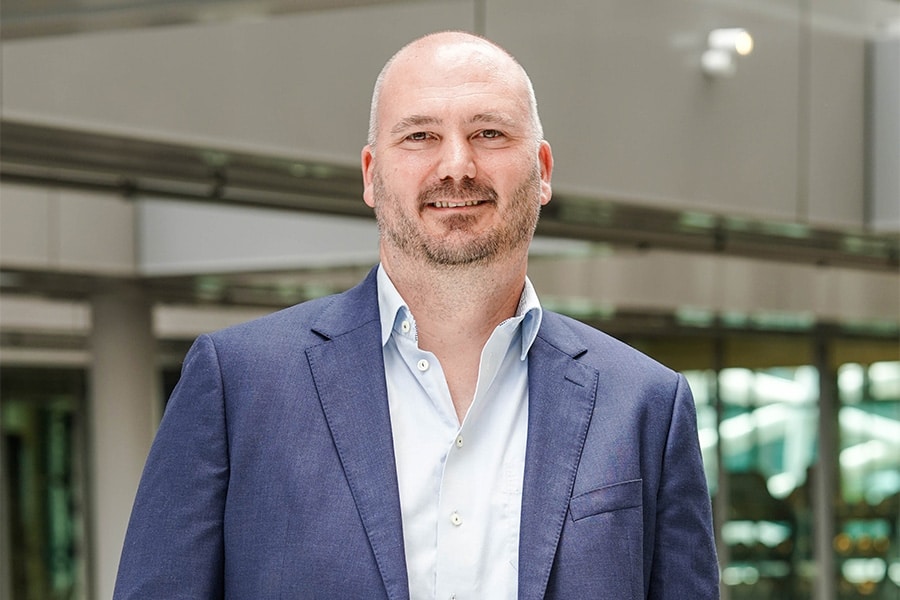
Shaping CSR ambitions: Floating solar park in sand and gravel extraction
According to the VVV Oude IJsselstreek, there is "an abundance of birds to see and part of the year Galloway cows graze around the extraction. Two trails have also been created. This fits seamlessly with the CSR ambitions of Netterden, the company that started mining gravel and sand for construction and infrastructure at this location in 1994. To follow up on this, a solar park capable of providing 1.2 megawatts was recently constructed on the dug pond.
Janet Slotboom, business manager at Netterden Sand and Gravel, is visibly proud of the acquisition. "You can see this as an example of multifunctional use of space. The pond is already there and solar parks on land are a waste of space. Therefore, together with energy supplier Vattenfall, we investigated the construction of this solar park, which in this size (3,140 panels on 1.2 hectares; ed.) can provide half of our energy needs. In a year we will evaluate this phase and possibly decide to double the capacity."

CSR
Netterden began mining gravel and sand in 1972 and is a regional supply company. It currently operates seven sites that collectively produce 4 million tons per year. "CSR has been an important aspect of our business philosophy for a number of years," Slotboom clarifies. "Themes such as Health and Safety at Work, Responsible Environmental Management, Climate Change and Sustainable Use of Resources have our emphatic attention and we make this concrete with plans and projects that primarily benefit the regions where we operate with extraction. For example, when this extraction area is exhausted, it will be transferred to a foundation that will take care of nature management. This is necessary because if you do nothing here it will be an unattractive willow forest within four years. Now it is a publicly accessible walking area with fascinating flora and fauna."
Birds
The construction of a floating solar park with over three thousand solar panels has no adverse effect on the natural environment. Johan Heutinck, manager of Quality, Occupational Health and Safety, Environment and Permits at Netterden explains that we think about everything: "For years we have been getting advice from an ecological agency that also monitors nature and our impact on it. That is also part of the nature of our work. During the construction of the solar park, an extra point of attention was the pollution by birds and bird droppings in particular. You can scare them away with sound signals but they seem to get used to that. We have now installed and tested a system that works with laser light. This does not disturb the other fauna and since then no birds have been seen on the floating island."

Floats and anchors
The solar panels are installed on a grid of PVC plastic floats. Heutinck: "These indestructible floats come from France and are also used at sea. They are anchored with a system from a company that also anchors drilling rigs to the seabed. We don't take this kind of thing lightly. The pool in the Azewijnse Broek is still 25 to 28 meters deep. The solar panels are connected by cables to the fourteen inverters on the waterfront, which connect the power to the grid via their own transformer station."
For Slotboom, it is another great step Netterden has taken on the CSR path. "But it is also an investment with a payback period, which is attractively short due to the SDE+ subsidy." For Netterden, it means a substantial addition to the existing PV capacity already present on the building roofs. And it is immediately one of the largest floating solar parks in the north and east of the Netherlands. Where sand and gravel extraction can lead....



